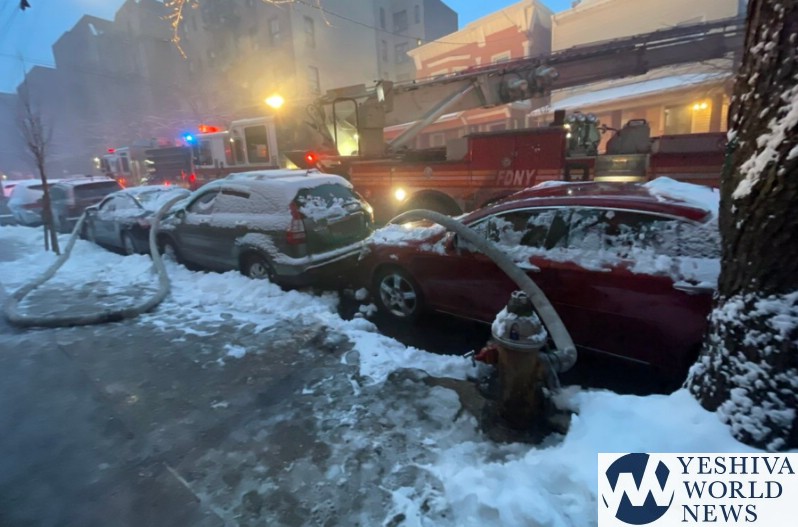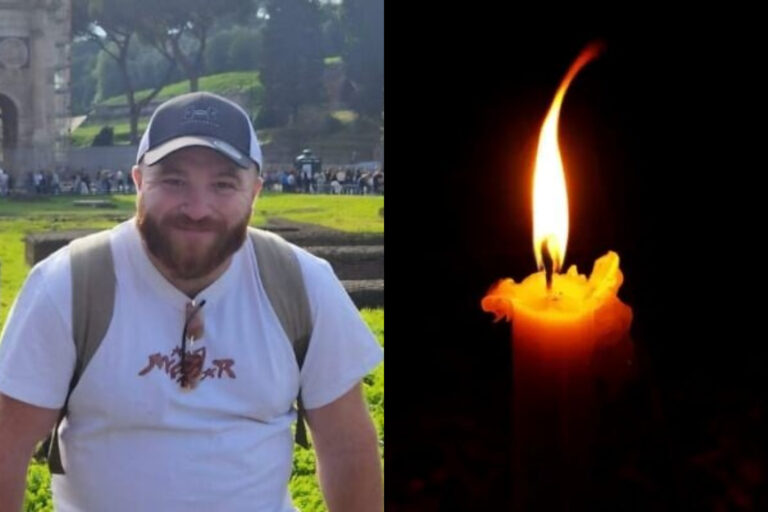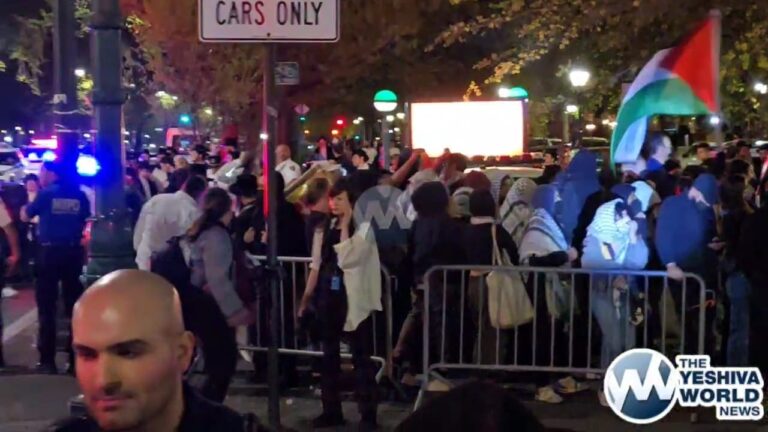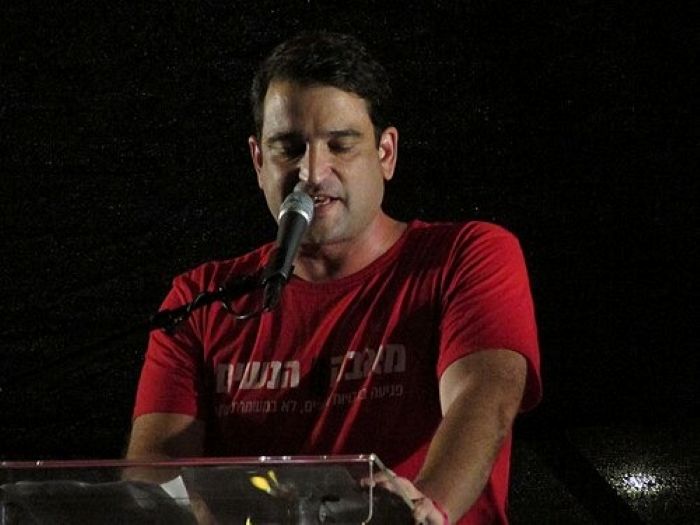In two separate deadly fires this week, New York City firefighters faced critical delays due to illegally parked vehicles blocking fire hydrants—costing them precious seconds in their battle to save lives. The FDNY is now urgently reminding the public that obstructing hydrants is not just a parking violation but a dangerous and potentially life-threatening hazard.
The first tragedy occurred on Sunday morning in Bay Ridge, Brooklyn. Flames tore through the third floor of a four-story apartment building on 80th Street at around 3:30 a.m., ultimately killing a 37-year-old man and leaving a woman and her 2-year-old daughter critically injured.
FDNY officials confirmed that firefighters encountered two SUVs illegally parked in front of nearby fire hydrants, delaying their efforts.
On Wednesday morning, another tragedy unfolded when a massive fire consumed two buildings, including a Buddhist temple, on Anthony Avenue in the Tremont section of the Bronx. Flames erupted just after 6 a.m., ultimately claiming the lives of two people found inside an adjacent residential building. One victim was pronounced dead at the scene, while the second succumbed to injuries at the hospital.
FDNY Chief John Esposito revealed that firefighters were hindered by a car illegally parked in front of the nearest hydrant, slowing their response.
“Seconds count when we are fighting fire, and that slows us down,” Esposito emphasized. “We’ve seen this now a couple of times in the last week throughout the city. We all know we should not be parking on fire hydrants.”
More than 150 firefighters battled the inferno, which was finally extinguished around 8:30 a.m. However, the delay in accessing the hydrant may have cost precious time in containing the deadly blaze.
FDNY Commissioner Robert Tucker did not mince words about the impact of these obstructions.
“This is a fatal fire, and there’s no doubt that the cars parked on the hydrants slowed our members from engaging in firefighting tactics,” Tucker said.
“Precious seconds are wasted when cars are illegally parked in front of fire hydrants, in a situation where every second matters. It is shameful that people would put their convenience over public safety. It is bigger than a parking violation – this is life and death. Your actions matter. Think before you make the decision to park on a fire hydrant.”
Firefighters were eventually able to control the blaze within an hour, but the delays may have contributed to the severity of the tragedy. The FDNY has since taken to social media to highlight the dangers of blocking hydrants, sharing images of the offending vehicles as a stark warning.
In response to these back-to-back incidents, the FDNY has ramped up fire safety education efforts, setting up community outreach programs in affected areas and distributing free smoke detectors. Officials stress that while parking in New York City is notoriously challenging, blocking fire hydrants is a reckless and dangerous act that can cost lives.
FDNY Chief John Esposito issued a clear warning to New Yorkers:
“We realize that parking is a problem, but blocking fire hydrants is just not something we want people to do. And it could be your house next.”
(YWN World Headquarters – NYC)












8 Responses
Time to retrofit the hydrants or the fire hoses with a simple elbow attachment and allow parking next to the hydrants.
They keep removing more and more parking spaces in NYC, what do they expect will happen?
The real problem is that fire hydrant technology hasn’t been updated. Why aren’t they on the ground in middle of the street? Or anywhere else?
The person who parked the cars should be indicted for involuntary manslaughter.
So what action is being taken against the cars and their owners (smash the car, a mere ticket, manslaughter indictment, confiscation of the car, etc.).
NYPD AWOL as usual- pictures only at breakfasts
Parking is to die for they say
I agree with uncle Ben and zaltsvasser!
In Israel for example, there is no issue of parking in front of hydrants. They simply have taller hydrants and place them at the inside of the sidewalk so they are easily accessible even if cars are parked in front of them.
Simple yet genius (a yiddishe kop)
Akuperma,
I’ve heard the concept of smashing cars blocking hydrants before
Seems legit